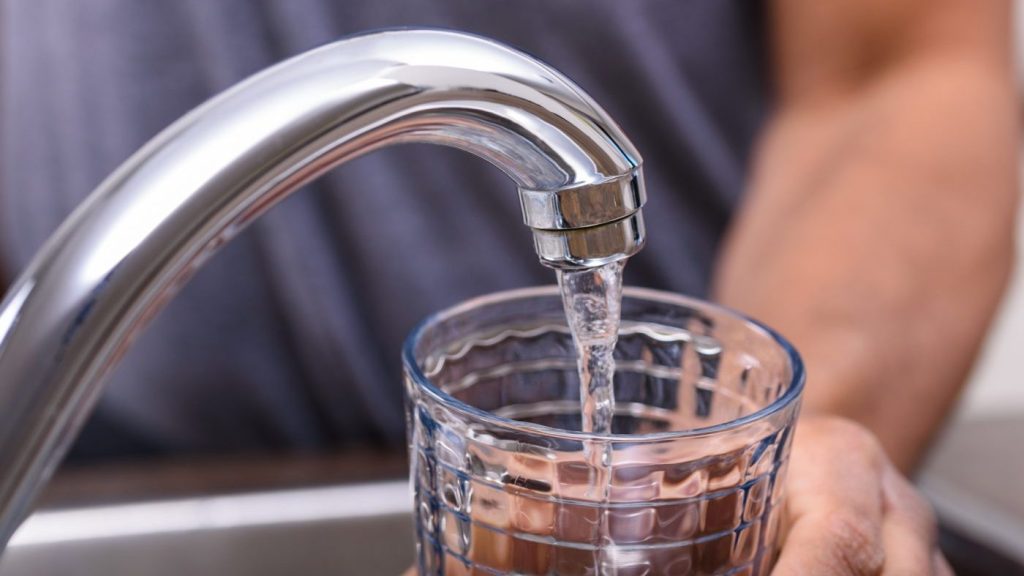More than 30 years after Erin Brockovich discovered that hexavalent chromium was causing illness among people in Hinkley, California, state water regulators on Wednesday approved the first standard in the nation to restrict the presence of the toxin in drinking water.
The California State Water Control Board decided to implement a maximum contaminant level (MCL) of 10 micrograms per liter — or 10 parts per billion — of hexavalent chromium in drinking water.
Hexavalent chromium — commonly known as chromium-6 — gained attention in the 1990s, after Brockovich found that it was polluting drinking water and making people sick in the town of San Bernardino County in Central California's Mojave Desert.
While working as a legal aid, Brockovich uncovered records that helped her identify a community contamination source: chromium-6 released by a Pacific Gas and Electric Company gas compressor. PG&E settled with residents for $333 million, but the state took years to move forward with regulatory action.
When the State Water Board initially suggested the 10 parts per billion MCL two years ago, Brockovich told The Hill that this limit was inadequate, expressing her frustration “that nothing’s changed in 30 years.”
Environmental advocates have long criticized the MCL as falling far short of a public health goal set by California’s Office of Environmental Health Hazard Assessment in 2011. That objective was 500 times lower than the MCL and represented a “one in one million” lifetime cancer risk as accepted by physicians.
“The Water Board has failed the people of California,” Tasha Stoiber, a senior scientist at the Environmental Working Group, said in a statement.
“Chromium-6 is a known carcinogen — even at exceptionally low levels,” Stoiber continued. “It has no place in drinking water. Yet tens of millions of Californians ingest this toxic chemical every day.”
Industry and business representatives likewise voiced their disapproval of the MCL, but for opposite reasons.
A joint statement from the American Chemistry Council, the California Chamber of Commerce, and other manufacturing and technology groups described the MCL as based on “outdated science that will undermine state and local water affordability.”
“Setting the MCL for hexavalent chromium at 10 ppb will have significant impacts on affected water providers and rate payers, including making water less affordable in economically disadvantaged communities,” the statement said.









